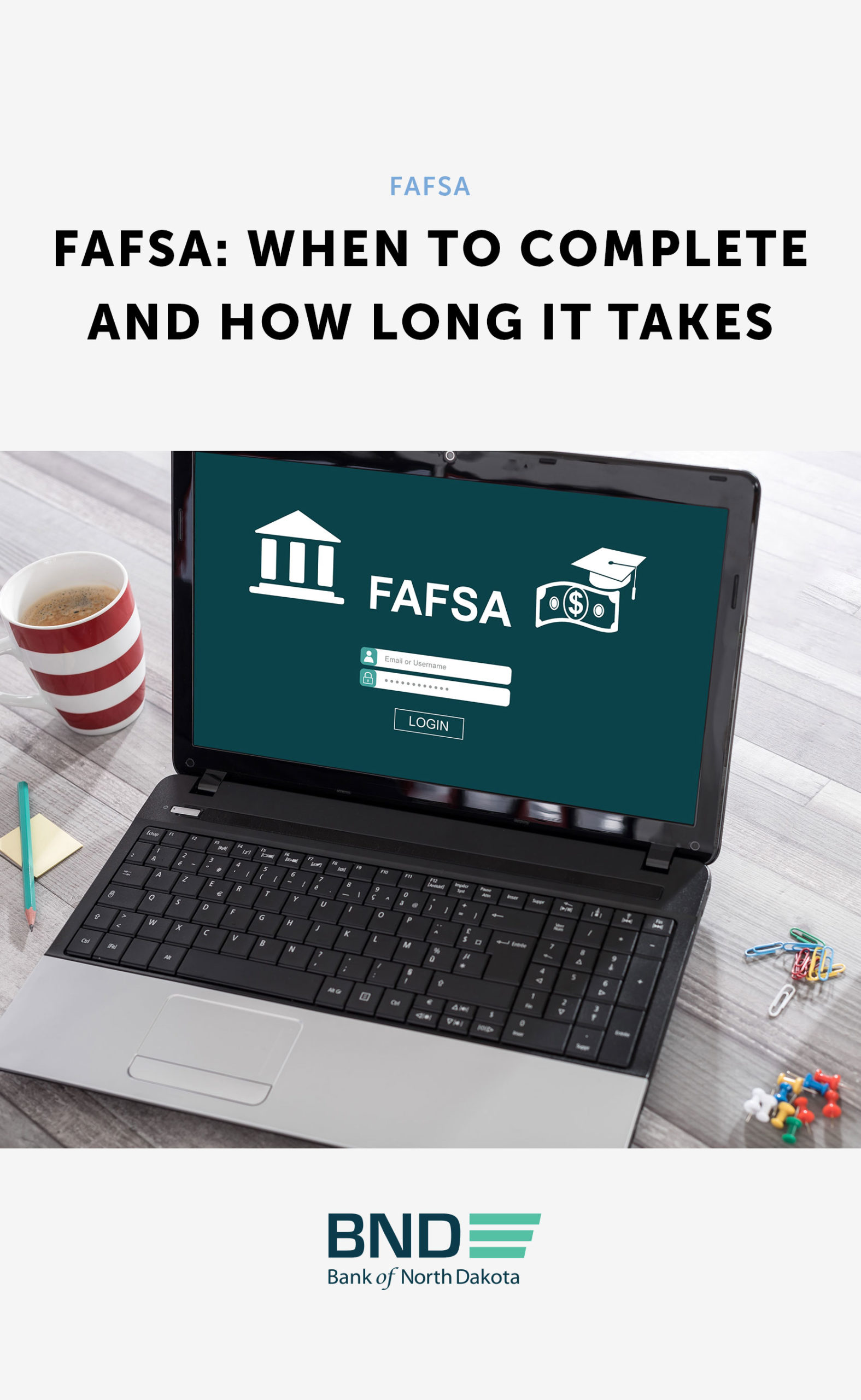Whether considering college for the first time or heading back to finish something you started several years ago, use this list to make sure you don’t miss a thing!

- Decide what you’d like to major in. If you’re unsure, create an account with RUReady.nd.gov and explore careers under the career planning tab.
- Determine what is important in your college selection.
- Do you want to attend class in person or online? Do you have the discipline to complete online classes?
- What would you like to major in?
- What is your financial situation? Will you qualify for grants? Will you take out student loans?
- If you declare a major that requires some in-person lab or class experience, do you need to be close to home?
- Do you want the college to have child care, evening and weekend classes, on- and off-campus housing, distance learning, etc. available to nontraditional students? For example, does the college have child care options or tutoring services available? If you are a full-time employee or parent, do they offer classes in the evenings or on the weekends? If you’re taking online classes, what services are available to online students?
- Research the colleges that meet your criteria.
- Can you afford the college and still maintain other life expenses?
- Does the college have a robust nontraditional student program?
- If you’ve been to college previously, will the new college allow those credits to transfer in and are you required to take a minimum amount of credits there to receive a degree?
- Does the college require you to take an ACT® or SAT® exam?
- Make college visits and narrow the list to 2-3 college options. Here are some items to compare:
- Cost
- Housing availability, child care or other programs you may need if you’re not already in the community
- Strength of program you want to major in
- Complete the FAFSA (Free Application for Federal Student Aid). You can complete the FAFSA as early as October of the year before you plan to enter college. On the application, list your top colleges you’re considering, and if you want to be considered for work study, make sure to check the box to be considered.
- Apply to the colleges that meet your criteria. You’ll receive an acceptance letter, and if you listed the school on your FAFSA, you will be sent an award letter which details the financial aid package you can receive.
- Choose a college. Inform the college that you’ll be attending, then let the other colleges, which you applied to but didn’t select, know that you’ll attend elsewhere.
- Apply for housing if you plan to live on-campus. If not, look at housing options, work opportunities and if needed, child care availability. Some colleges also have married student housing options available.
- Take CLEP or DSST exams to see if you can earn credits without taking the course.
- Finalize how you’ll pay for college. Apply for federal student loans. Check with your employer to see if there is tuition assistance. If you don’t have enough to cover the gap, apply for a student loan from Bank of North Dakota at bnd.nd.gov.
- If you are making student loan payments, contact your lender(s) to see if you can defer making payments now that you are returning to college. Interest continues to accrue, or grow, on all loans that are not subsidized, so make or continue to make payments while in college if you can. Even if the payments are small, this may reduce the total amount you will need to pay over the life of the loan.


